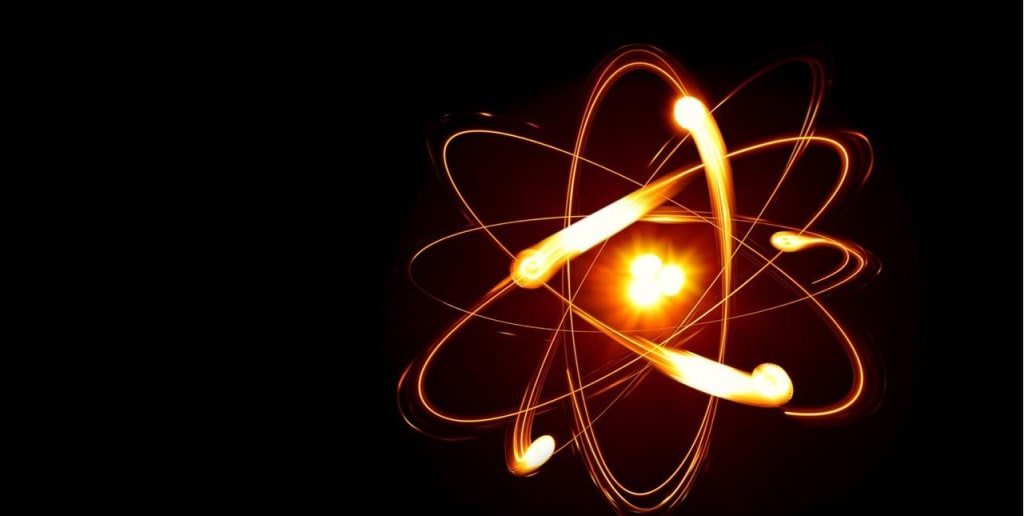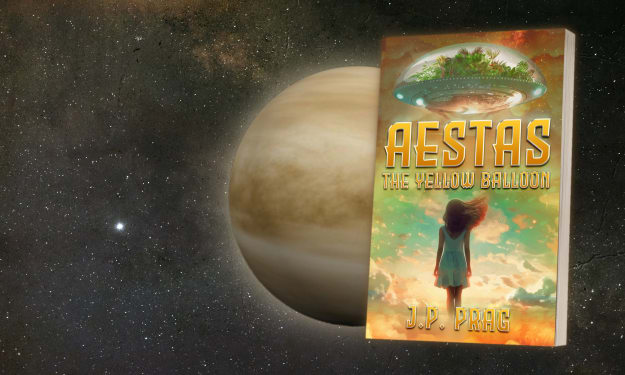String Theory - The Theory Of Everything
We live in an amazingly complex universe. Human beings are curious by nature and have asked themselves time and time again - why are we here?

Where do we come from and where does the world come from? What is the world made of? We are privileged to live in an age where we have come close enough to some of the answers. String theory is our latest attempt to answer the last of these questions - the "Theory of Everything".
So what is the world made of? Ordinary matter is composed of atoms, which in turn are made up of just three basic components: electrons revolving around a nucleus composed of neutrons and protons. The electron is indeed a fundamental particle (it belongs to a family of particles called leptons), but neutrons and protons are made of smaller particles called quarks. Quarks, as far as we know, are truly elementary.
The sum of our current knowledge of the subatomic composition of the universe is known as the Standard Model of particle physics. It describes both the fundamental "bricks" of which the world is made up and the forces by which those bricks interact.
There are twelve basic "bricks". Six of them are quarks - and they have curious names: up, down, charm, weird, down, and up. (A proton, for example, consists of two quarks above and one below.) The other six are leptons - these include the electron and its two heavier siblings, the muon and tauon, as well as three neutrinos.
There are four fundamental forces in the universe: gravity, electromagnetism, and weak and strong interactions. Each of these is produced by fundamental particles that act as force carriers. The most familiar example is the photon, a particle of light, which is the mediator of electromagnetic forces. (This means that, for example, when a magnet attracts a nail, it's because both objects are exchanging photons.)
The graviton is the particle associated with gravity. The strong interaction is produced by eight particles known as gluons. ("Pegamoides"!) The weak interaction is ultimately transmitted by three particles, the W +, W-, and Z bosons.
The Standard Model describes the behavior of all these particles and forces with impeccable precision, but with one notorious exception: gravity. For technical reasons, the force of gravity, most familiar in our everyday life, has been very difficult to describe at the microscopic level. For many years, this was one of the most important problems in theoretical physics - the formulation of a quantum theory of gravity.
In recent decades, string theory has emerged as one of the most promising candidates for a microscopic theory of gravity. And it is infinitely more ambitious: it aims to be a complete, unified, and consistent description of the fundamental structure of our universe. (For this reason, it is occasionally given the arrogant title "the theory of everything").
The essential idea behind string theory, which was explained by Stephen Hawking, was: all the different "fundamental" particles of the standard model are just different manifestations of one basic object: a string. How can this be? Well, we would normally imagine an electron, for example, to be a 'little dot' without any internal structure.
A point can do nothing but move. But if string theory is correct, using a very powerful "microscope", we would realize that the electron is not a point, but a little "loop", a little string. A rope can do something besides move - it can swing in different ways. If it oscillates in a certain way, then from afar, unable to discern that it is a rope, we see an electron. But if it oscillates in another way, then we see a photon, a quark, or any other Standard Model particle. So if string theory is correct, the whole world is made of strings only!
Perhaps the most surprising thing about string theory is that such a simple idea works - it is possible to derive (an extension of) the standard model (which has been verified experimentally with extraordinary accuracy) from a string theory.
But it is important to clarify that, so far, there is no experimental evidence that string theory itself is the correct description of the world around us. This is mainly because string theory is still in its infancy. We know some of its parts, but not yet its complete structure, and therefore we cannot yet make concrete predictions.
Source:
https://www.facebook.com/todaysciencenews
https://guiaviajesvirtual.com/aghsoftech/index-quantumphysics.php?recharge=string-theory
https://www.infinityexplorers.com/the-theory-of-everything
About the Creator
Viorel Secareanu
I share thoughts on photography and life, mostly lessons learned around things I’ve been dealing with the last few years, managing time, finding focus, and being happy.
Thanks for stopping by. I hope you find something inspiring here!






Comments
There are no comments for this story
Be the first to respond and start the conversation.